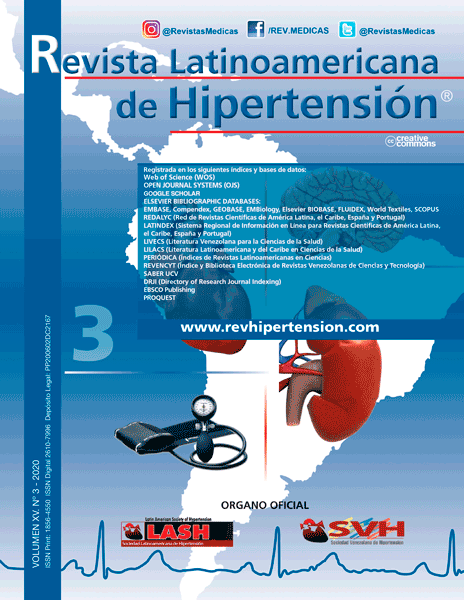The role of transvaginal and Doppler ultrasound in differentiating benign from malignant endometrial pathologies in women with postmenopausal bleeding
Palabras clave:
postmenopausal bleeding, transvaginal ultrasound, Doppler studyResumen
Background: Postmenopausal hemorrhage is usual clinical sign of endometrial cancer occurrence. Transvaginal Doppler ultrasound has emerged as an adjuvant to conventional B-mode imaging in the evaluation of postmenopausal women with potential endometrial carcinoma presenting with bleeding.
Aim: the aim of the study is to investigate the role of measurement of the resistive index (RI) of the uterine arteries coupled with transvaginal ultrasound use to differentiate benign and malignant in female with endometrial lesion after menopause associate with hemorrhage.
Methods: across sectional study directed on selected 43 female patients older than 50 years complaining from postmenopausal bleeding referred for ultrasound assessment during the period between June 2018 and August 2019. Eligible patients were examined with trans-abdominal ultrasound then transvaginal scanning was complete by calculate the endometrium width. Doppler questioning of the available uterine artery was achieved at the same session with measurement of the resistive index (RI).
Results: the mean age of the patients was (57) years. Out of 43 patients, 25 (58.1%) had simple hyperplasia, 8 patients (18.6%) endometrial carcinoma, 6 patients (13.95%) had polyps and 4 (9.3%) showed non-specific findings. The mean endometrial thickness in cases of adenocarcinoma was (16.6) mm. There was no significant association between endometrial thickness and histopathological diagnosis with a P value 0.054. The mean resistive index of the uterine arteries in endometrial cancer was 0.53. the difference significantly occur in uterine artery RI was found between cases of endometrial carcinoma and other benign endometrial lesions encountered in the study.
Conclusion: the mean resistive index of the uterine arteries in cases of endometrial carcinoma is significantly lower than the mean RI in benign endometrial lesion.

